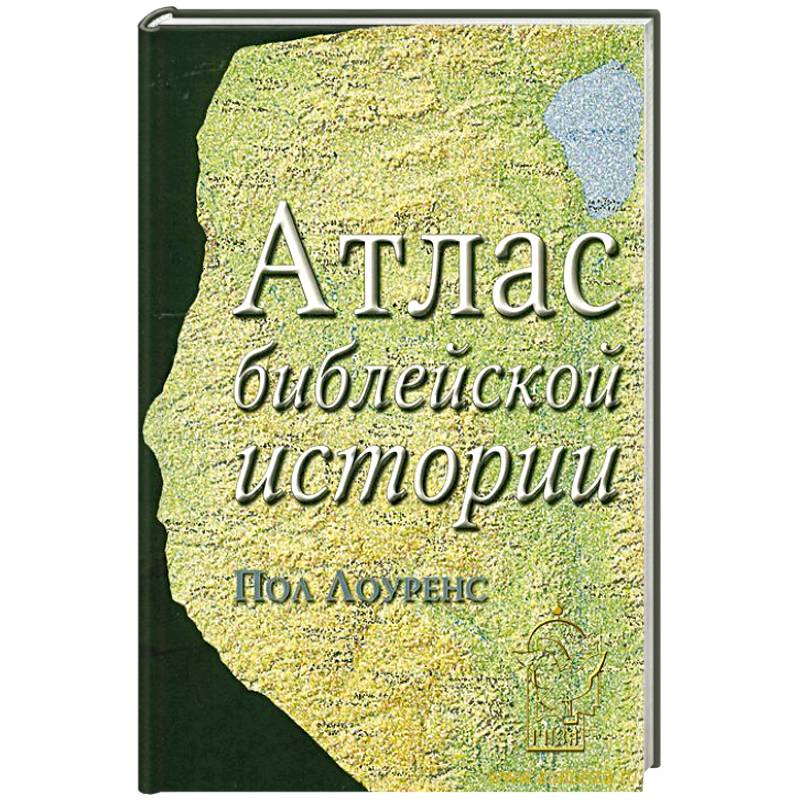Atlas of Biblical History
Please sign in so that we can notify you about a reply
Atlas Includes: Overview of biblical history from Abraham to the Apostle Paul"s opinions of historians and new finds of archaeologists 97 Geographical maps, 17 plans and more than 150 photos Auxiliary materials about biblical realities Chronological tables, glossary, pointer to cards, subject pointer and pointer biblical quotation chronological And the geographical framework of the Atlas narrates about the history of Israel in the Bible predicted the story about the creation of the world and the flood. These topics, although not related to history in the modern sense, are devoted to the first pages and in our atlas. Traditions about the origin of the Jewish people (about the patriarchs, staying in Egypt, the outcome and settlement of Canaan) with difficulty are the historical analysis. If you understand the literally chronological instructions of the Bible itself, then the exodus must be attributed to the middle of the 2nd thousand to n. er, and the era of patriarchs - by the end of the 3rd militant. BC e. However, the chronological instructions in question (for example, 400 years, separating, according to 3 CARs 6: 1, the foundation of the temple in Jerusalem from the outcome), apparently, have more symbolic than the exact historical meaning. References to events, persons and situations of the 3rd and 2nd thousand BC. e. In the biblical narrative exclusively rare and controversial. But it is not difficult to specify the details, of course, reflecting life and presenting a much over time. As a result, the opinions of scientists regarding the accuracy of these legends differ greatly. Archaeological data indicate the presence of Israelis in Palestine OK. 1200 BC e. From this time, we can, with more or less prisons, trace the story of the Jews right up to the Roman era. However, neither geographically nor chronologically, our atlas is limited to the history of Israel. The necessary background for its understanding is the history and culture of the peoples of the Ancient East. The special chapters of the Atlas are devoted to Egypt and Mesopotamia, where civilization arose at the end of the 4th thousand to n. e. More or less attention is paid to other countries mentioned in the Bible: from Spain to Iran, from Yemen (Sava or Sabean Kingdom in the Old Testament) to Philip in Northern Greece. Trading ties expand the borders of the biblical world to India, China and the eastern shore of Africa. The last part of the atlas is devoted to the events of the New Testament: the life of Jesus and the emergence of the Christian community. The atlas is completed by the review of the history of the Christian Church for three centuries after the New Testament events. Historical problems The main goal of the satin is to give a general overview of biblical history. A detailed statement of scientific discussions is not included in our tasks. We did not want to abuse theoretical reconstructions that were not based on facts. We believe that the historian must carefully follow the evidence contained in written and other sources. Since thousands of years from people and civilizations, we are separated by the Millennium, should not be surprising that much in their history is unknown to us or elude our understanding, but we hope that the unclearness of the details does not distort the general picture that we strive to draw. Geographical problems The geographical position of such states as Israel, Moab or Rome, is well known, although the boundaries of the areas of the territories constantly changed. Many of the great cities of the biblical world, for example, Jerusalem, Damascus, Athens, still exist, so their location does not cause questions. In other cases, the localization of an ancient city is a more or less complex task that requires accounting for various data. Among them are instructions of written sources, modern toponymics, which can reflect the ancient name, archaeological finds. The location of many cities mentioned in the Bible (for example, pillar and cycland) remains controversial
Author:
Author:Lawrence Gender
Cover:
Cover:Hard
Category:
- Category:History & Geography
- Category:Religion & Spiritually
Paper:
Paper:Molded
ISBN:
ISBN:978-5-85524-437-3
No reviews found
